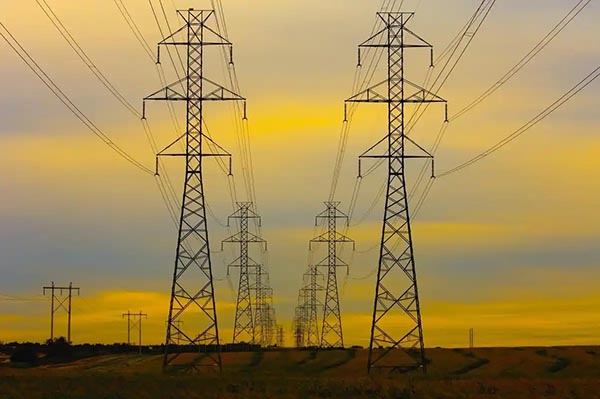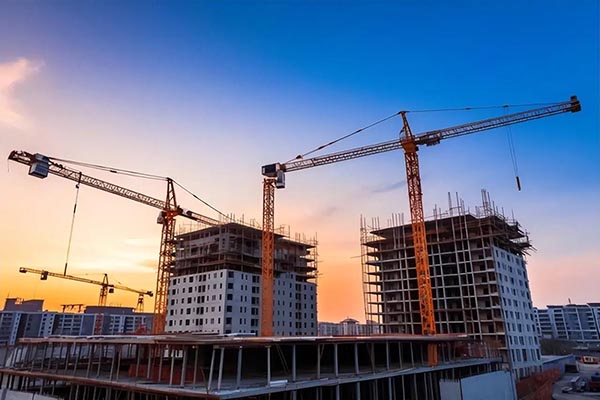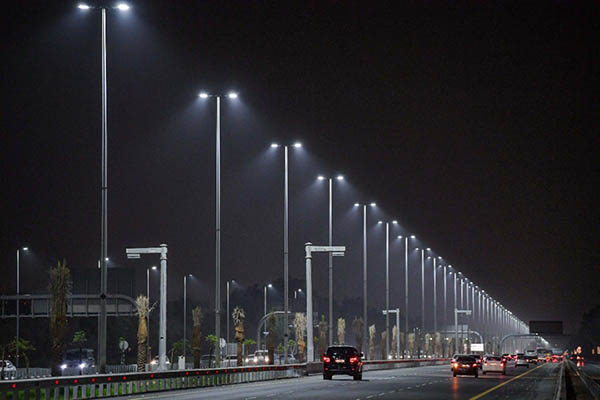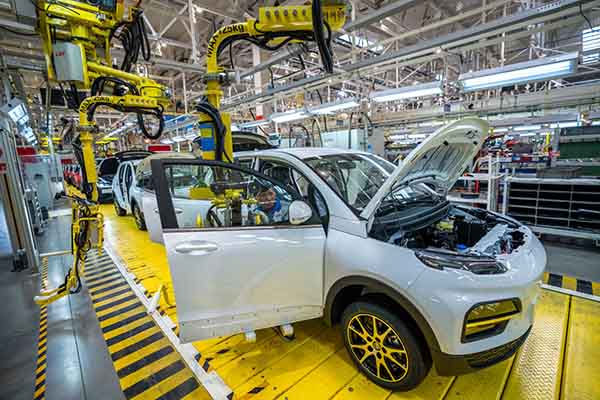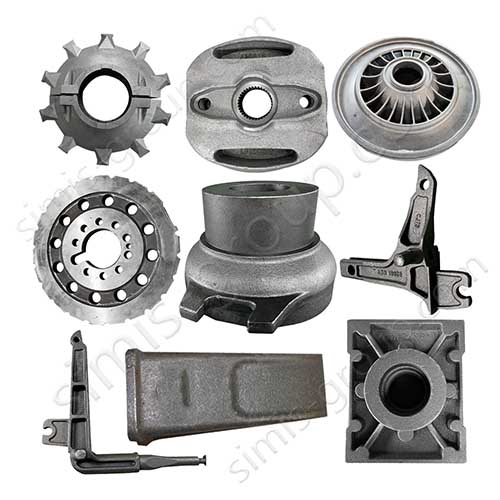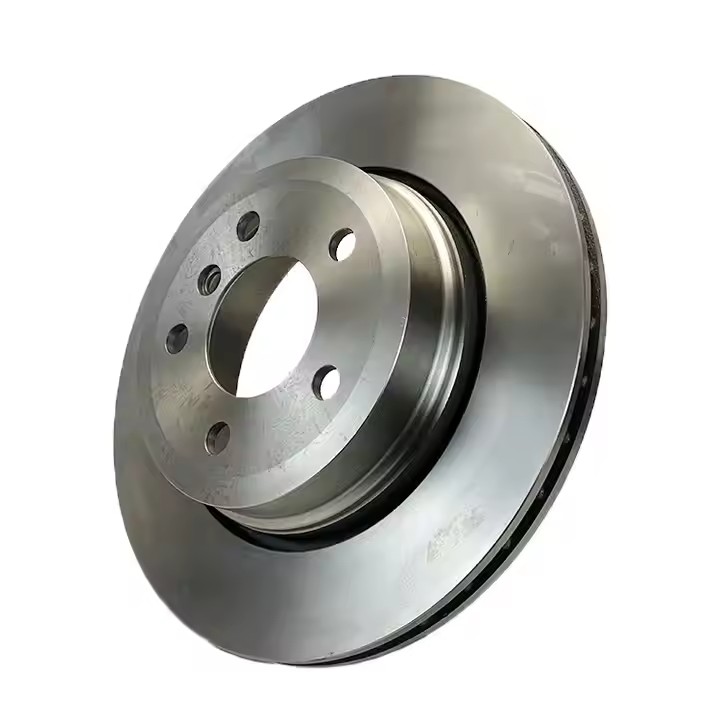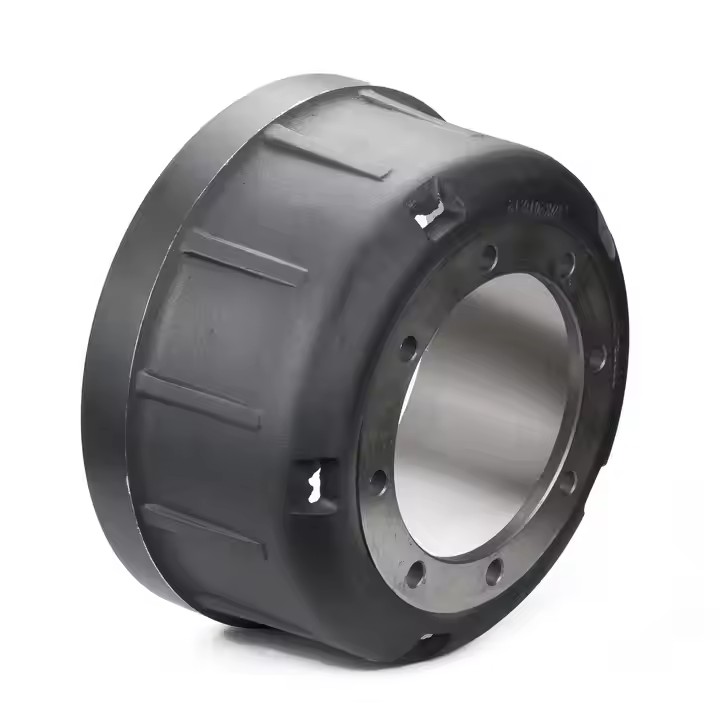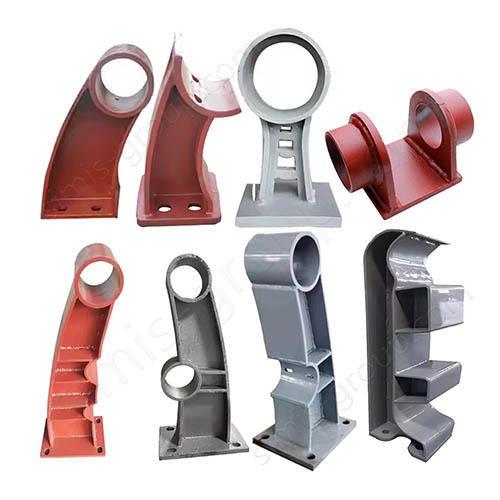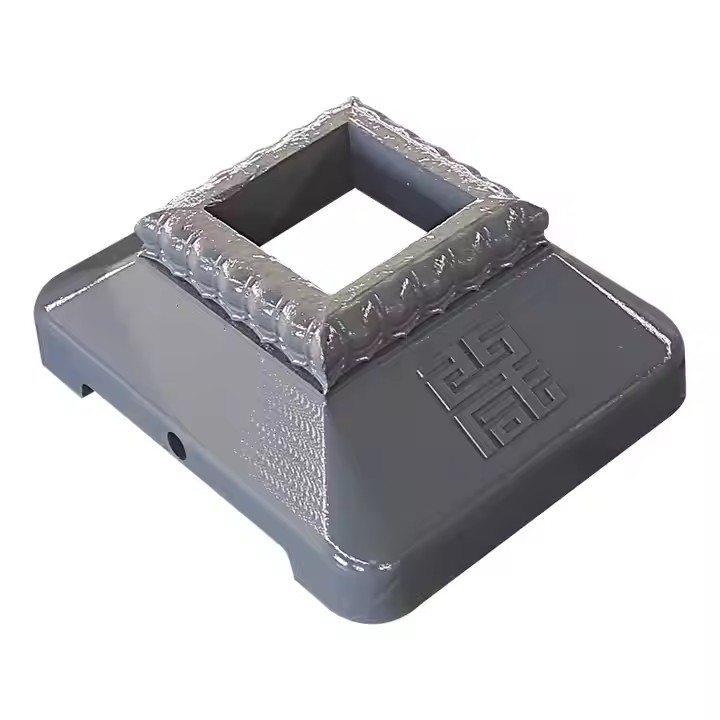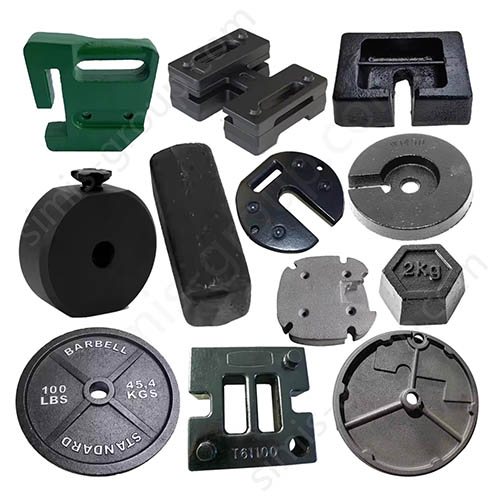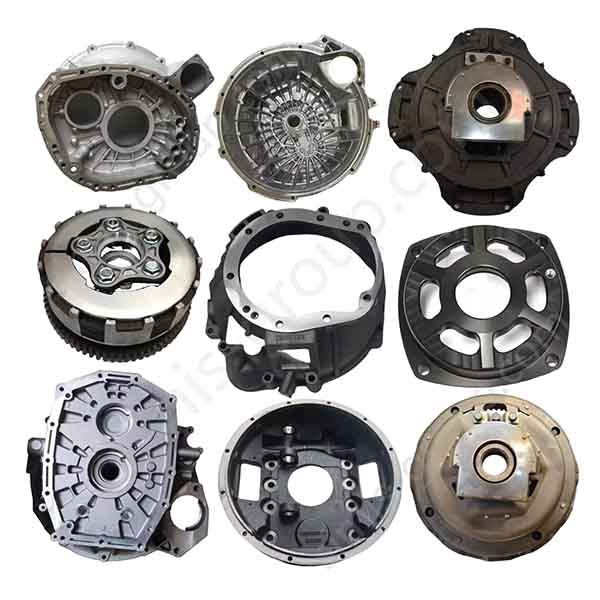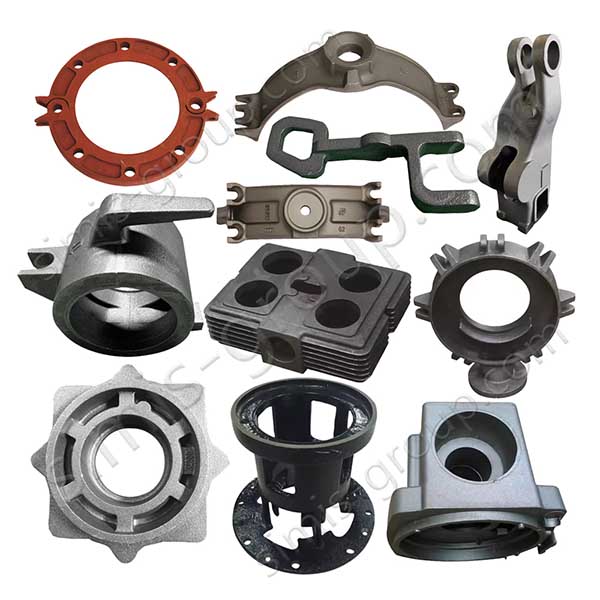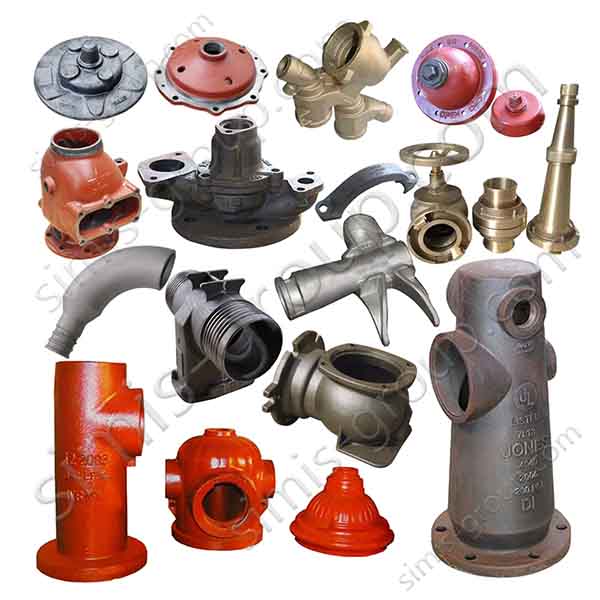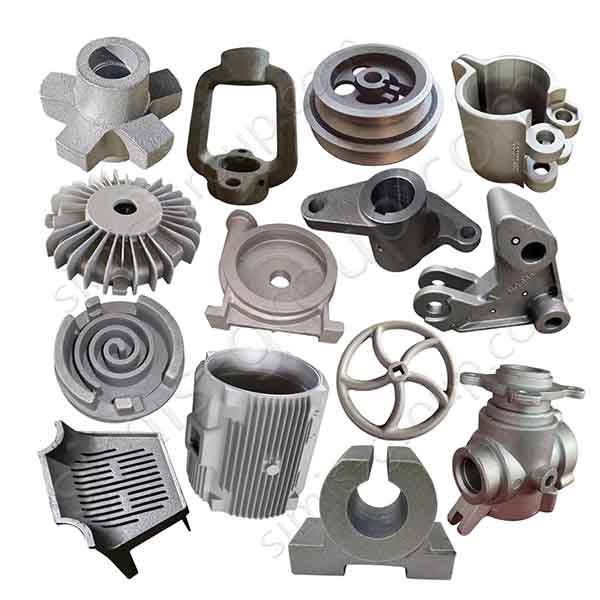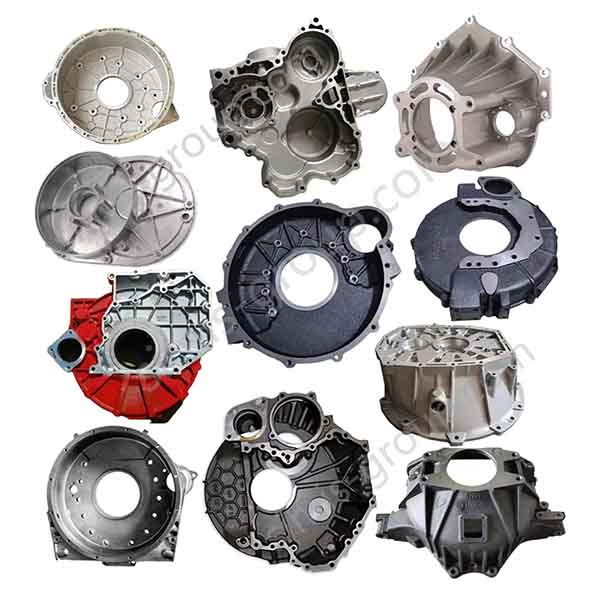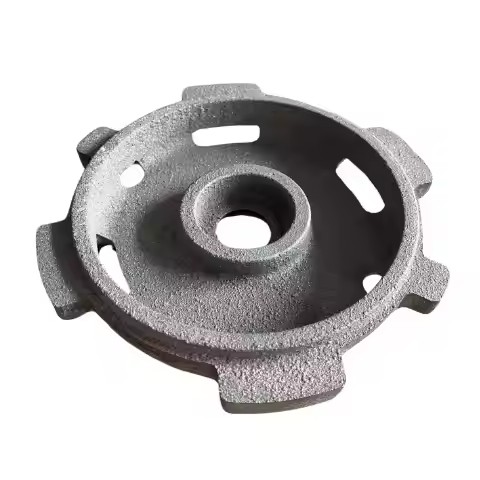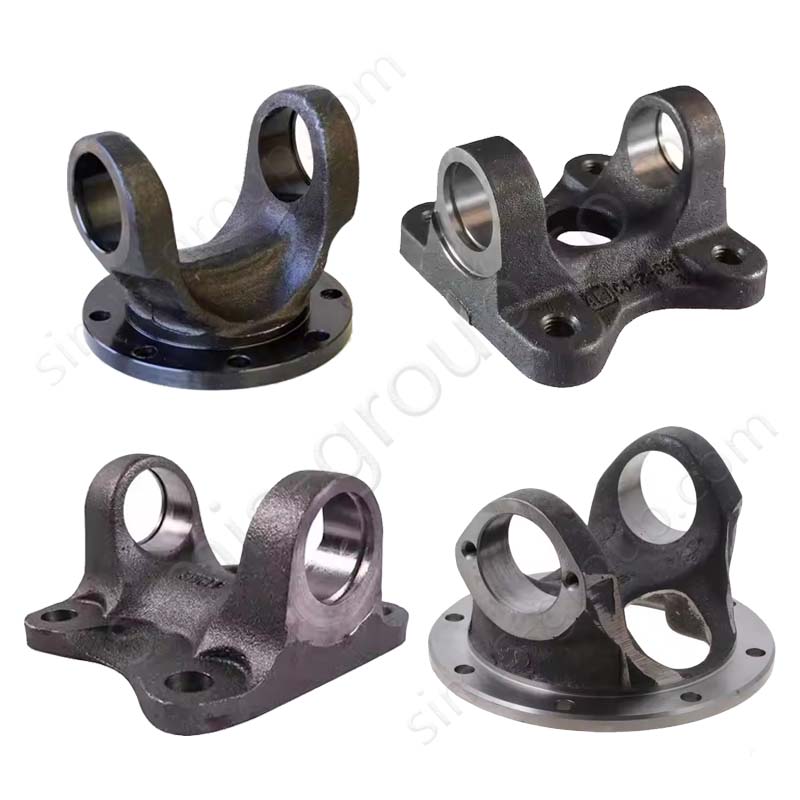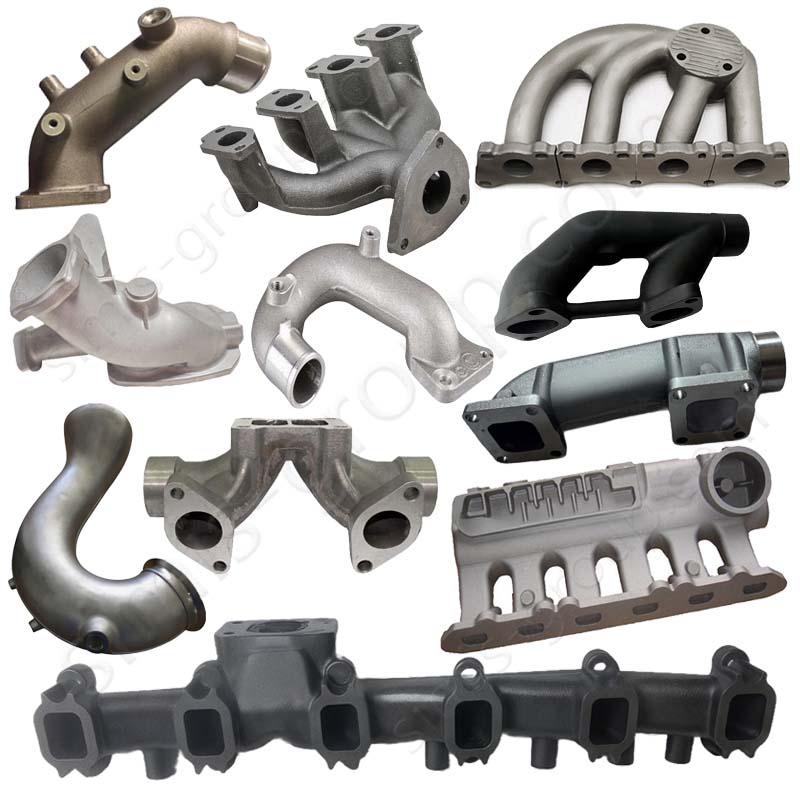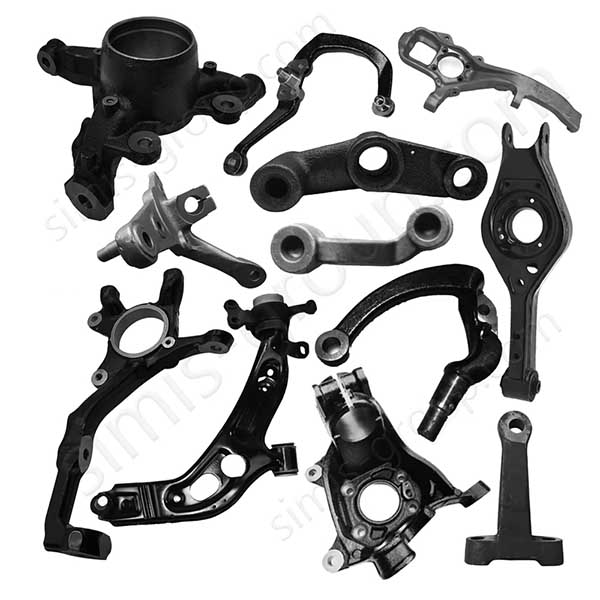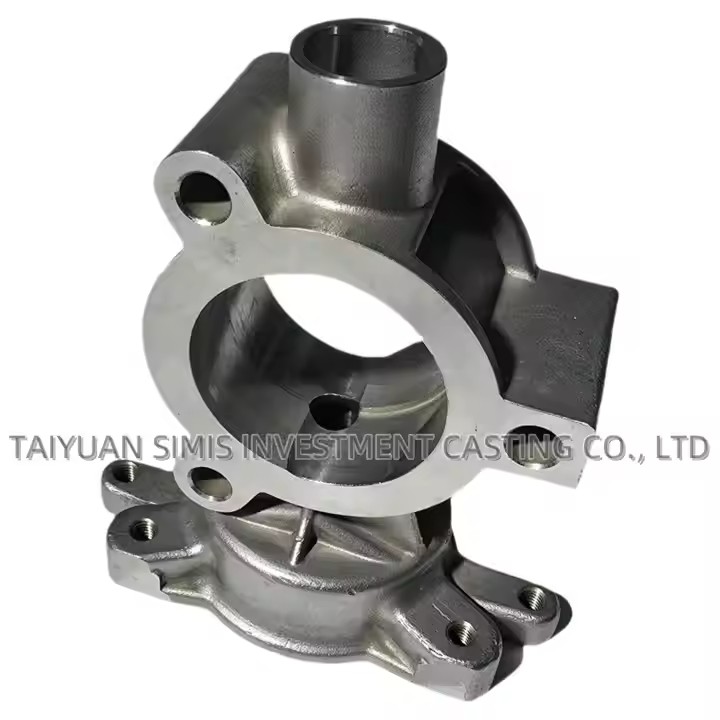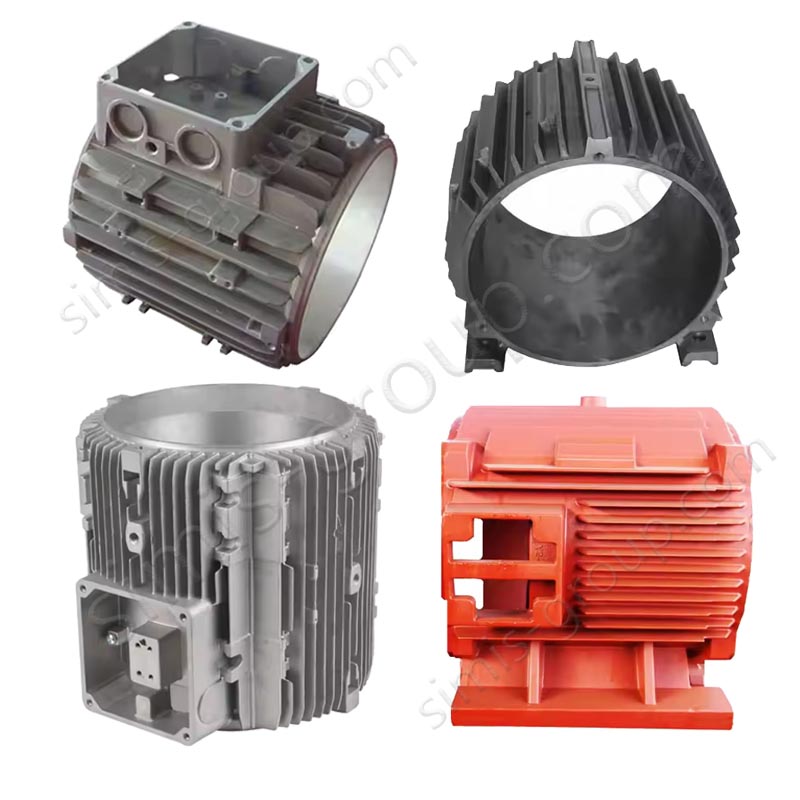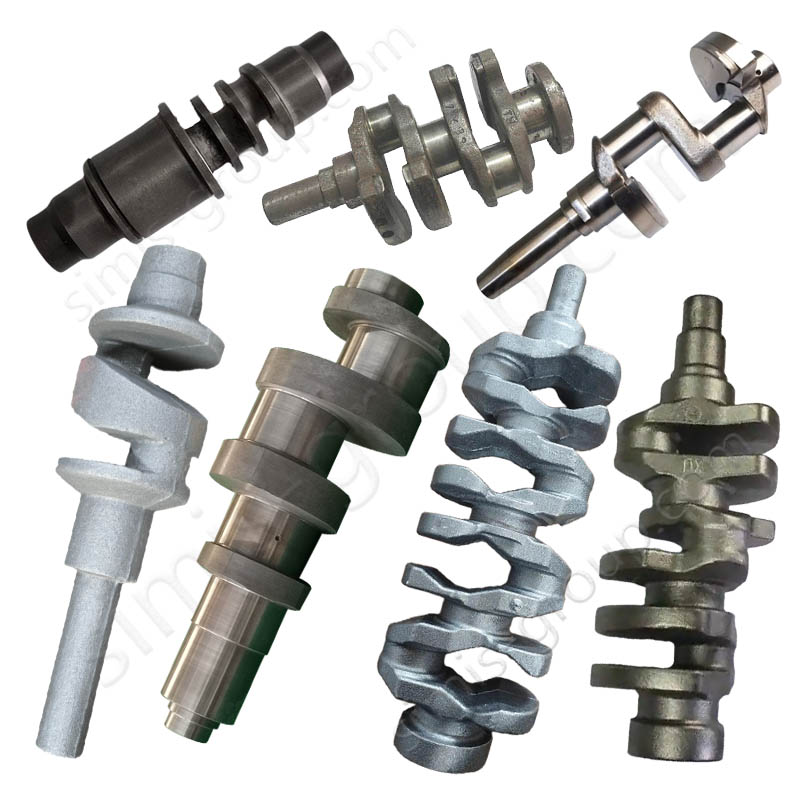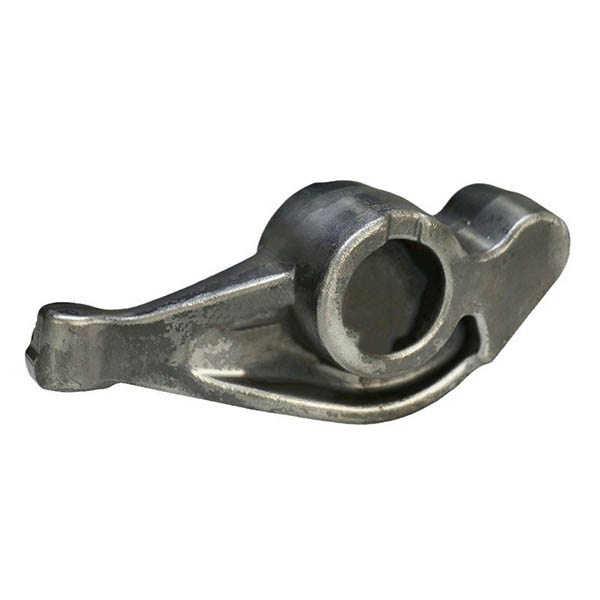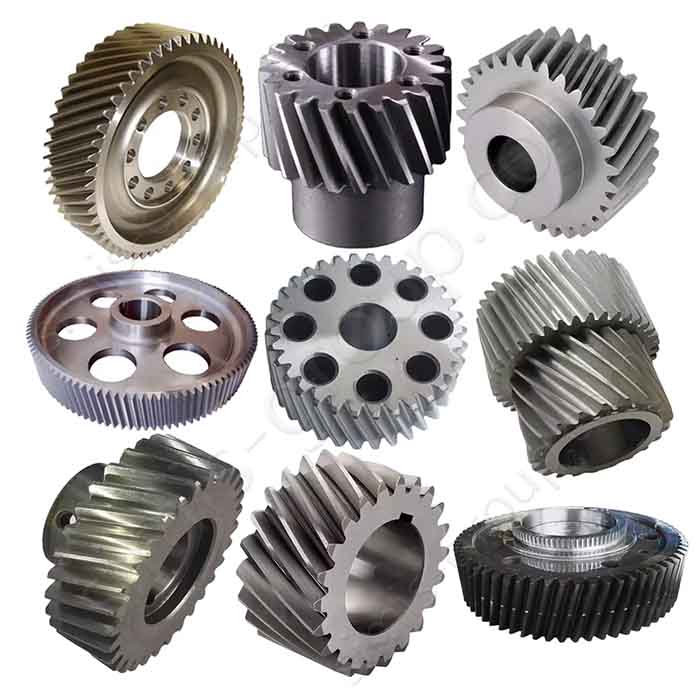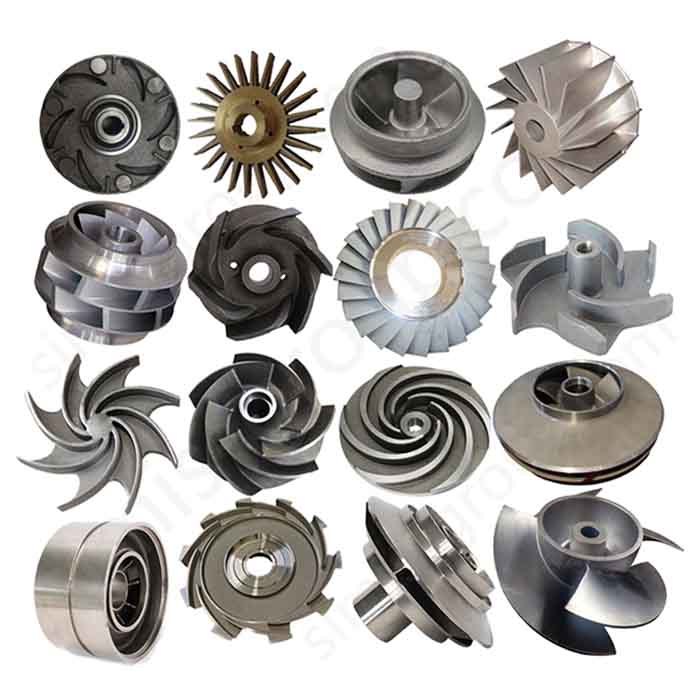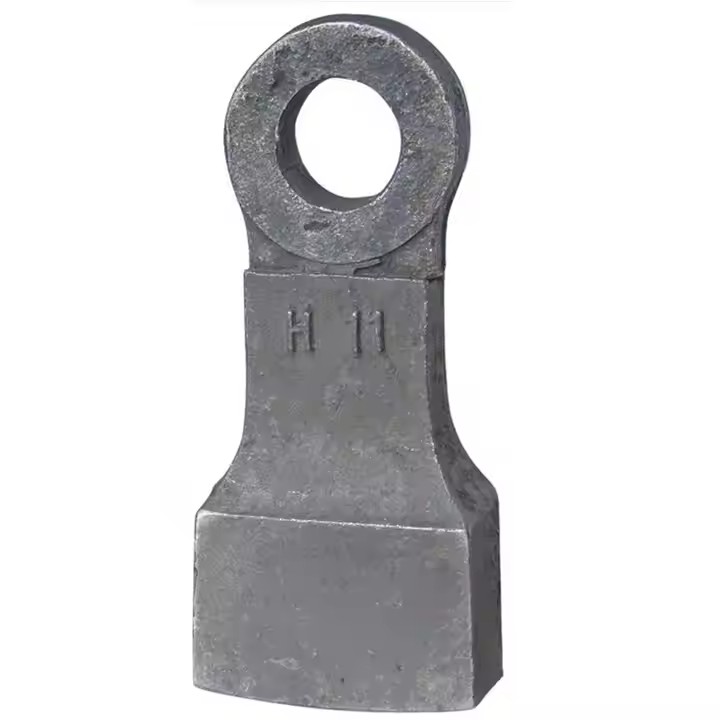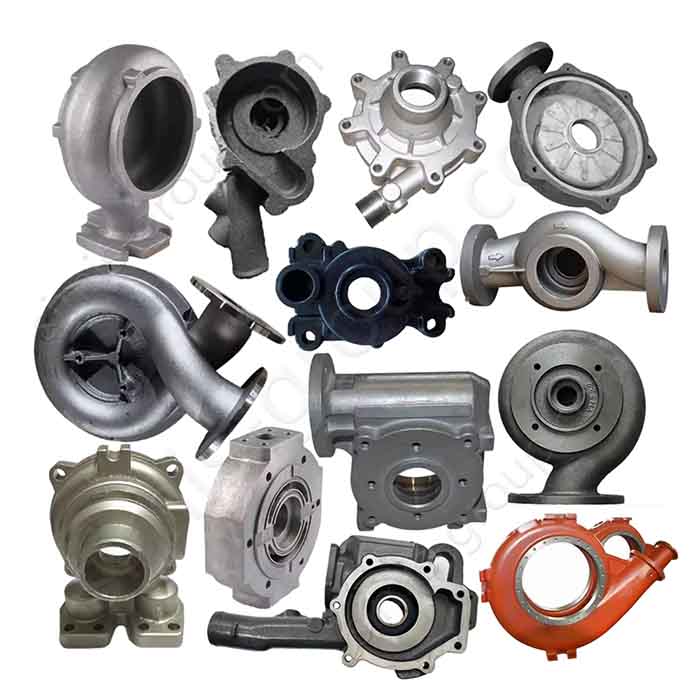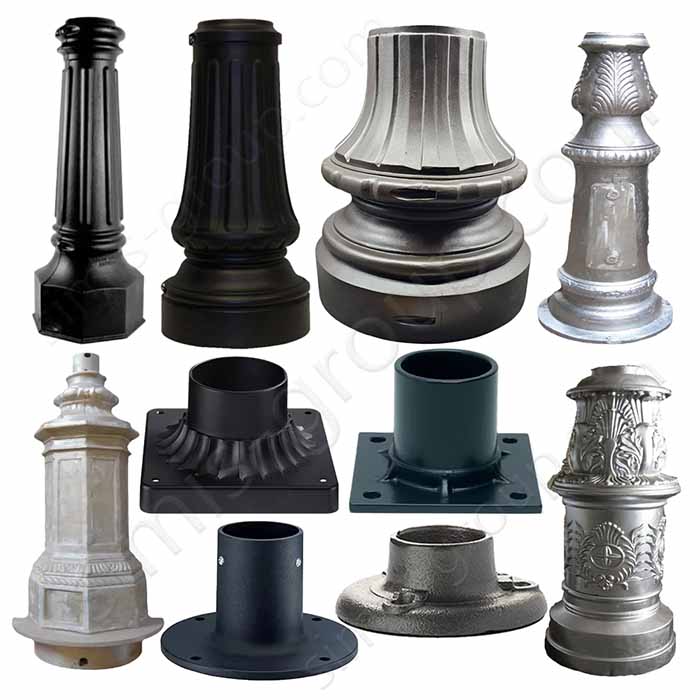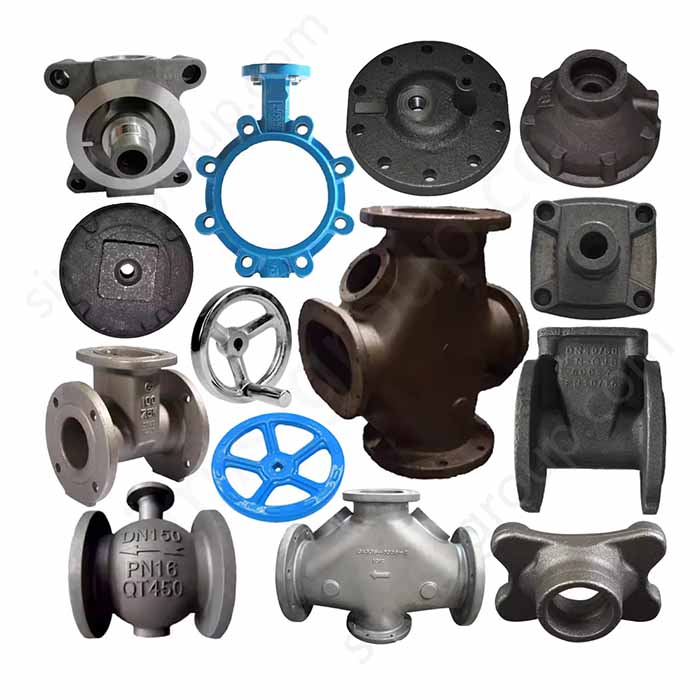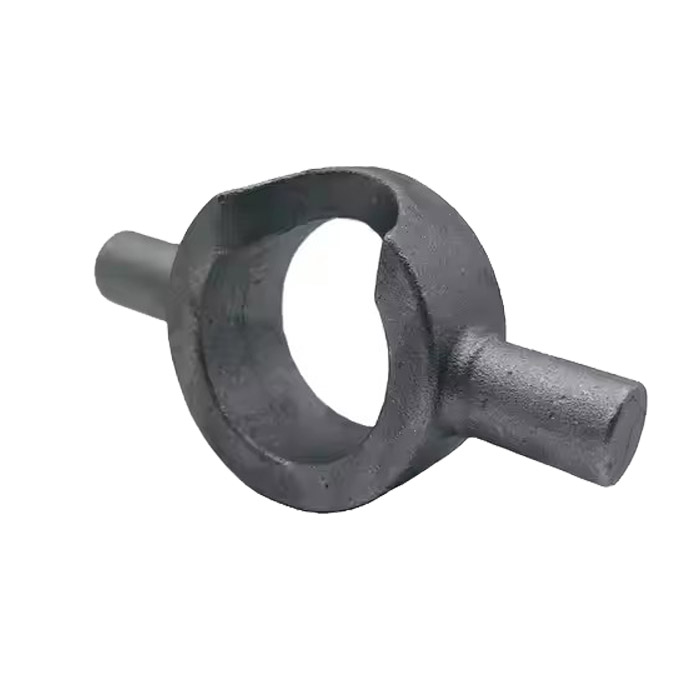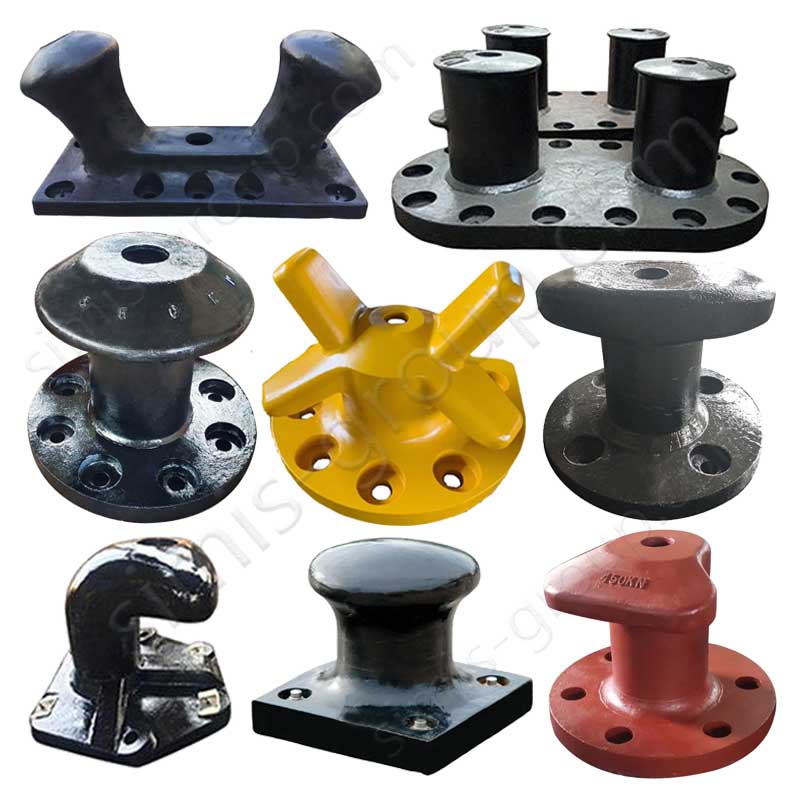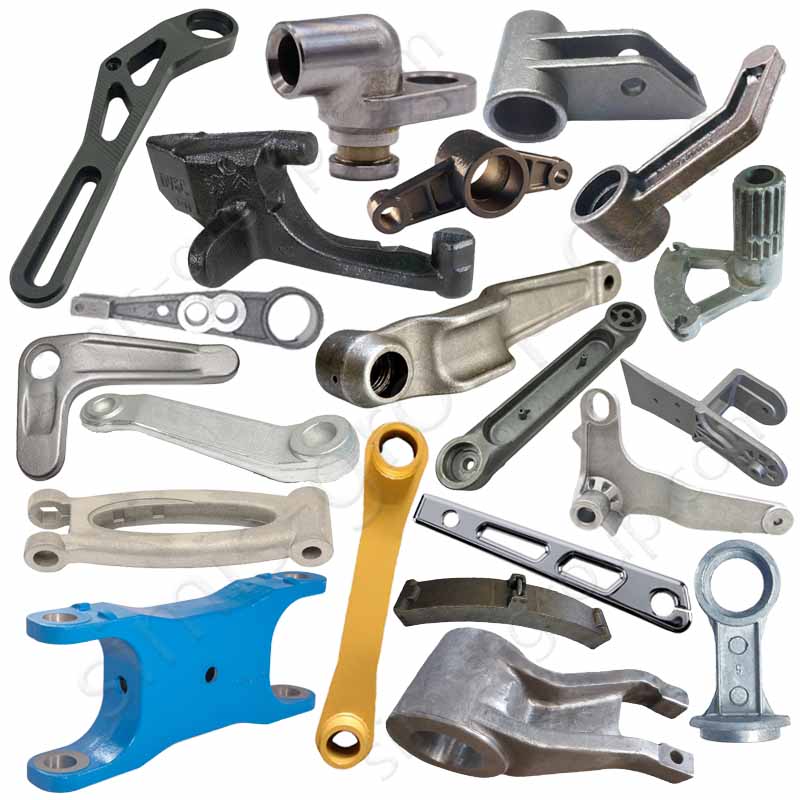Manufacturing Process of Cast Iron Parts
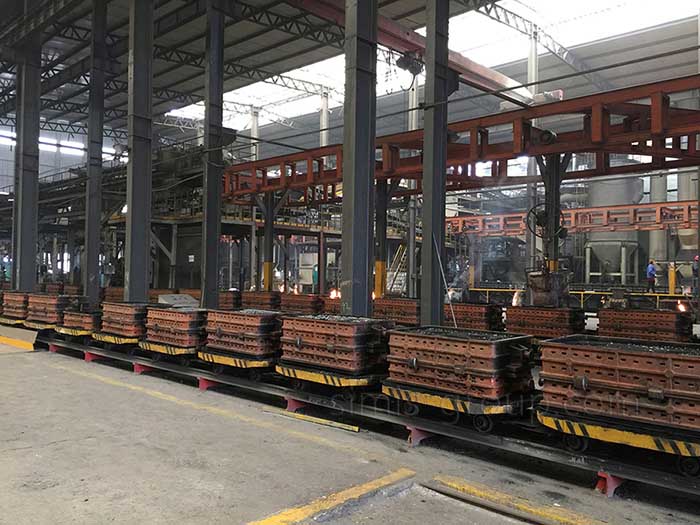
Iron Sand Casting
Iron Sand Casting uses sand to make the mold. Hot, liquid iron is then poured right into the mold. After the iron cools and hardens, we take the part out. Workers then clean and finish the final casting.
Low Mold Cost: Making the sand molds is cheap. Plus, we can reuse the sand many times.
Works for Big Parts: This method is great for making medium to large iron parts. It handles complex shapes very well.
Flexible Runs: It is easy to use for small jobs, mid-size orders, or huge production runs.

Iron Shell Mold Casting
Iron shell mold casting is a high-quality process. It uses a thin shell made from refractory materials. Workers make this mold shell by putting many layers of a special coating onto a pattern.
Small Batches: This method is great for small jobs or making high-value iron parts.
Size Range: We use it to make both small and medium-sized iron castings.
Complex Shapes: It is the best choice for making iron castings that have very complex designs.
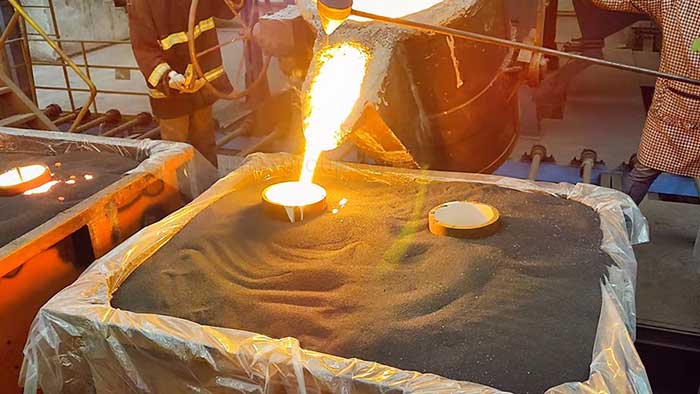
Iron Lost Foam Casting
Iron lost foam casting starts with a foam model. Workers put a coat of sand over this model to make the mold. The key is that we do not remove the foam model. The hot, liquid iron burns the foam away as it pours in.
Complex Parts: This method is great for making iron castings with complex shapes right away.
Lower Cost: It lowers costs and makes production much faster.
Part Size: It works well for making small and medium-sized iron castings.

Heat Treatment
Heat treatment changes the inside of iron parts. It uses steps like heating, holding heat, and cooling. This process makes the metal better. It improves how parts work, helps them last longer, and makes them easier to shape.
It makes cast iron parts harder and stronger.
It improves the toughness of cast iron parts.
It boosts the wear resistance and corrosion resistance of cast iron parts.
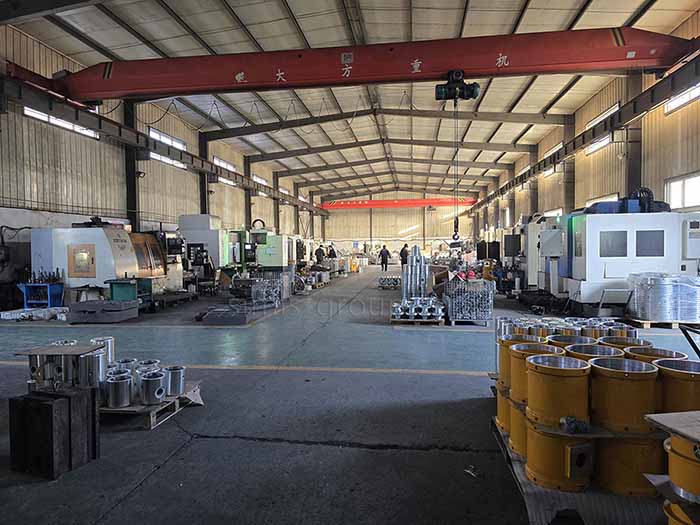
Machining
Machining is a final step for cast iron parts. It uses fine tools to improve the parts. This work boosts the accuracy, makes the surface much cleaner, and improves what the casting can do.
It makes the final look better.
It improves the part's structure and function.
It lets us make thin walls and complex shapes.
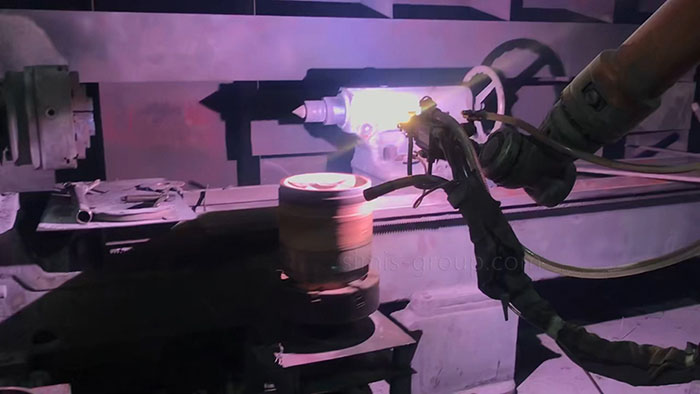
Surface Treatment
Surface treatment changes the outside of iron castings. It uses physical, chemical, or mechanical methods. This work boosts the casting's quality. It also makes parts last longer and improves how they look and function.
It makes the surface harder.
It improves the part's look and boosts its size accuracy.
It improves adhesion and resistance to corrosion (rust).
Different Materials of Iron Castings
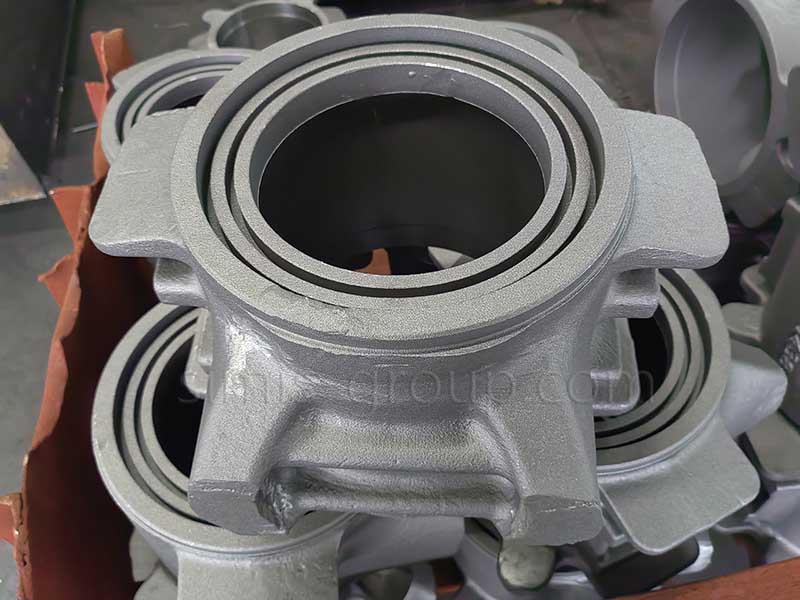
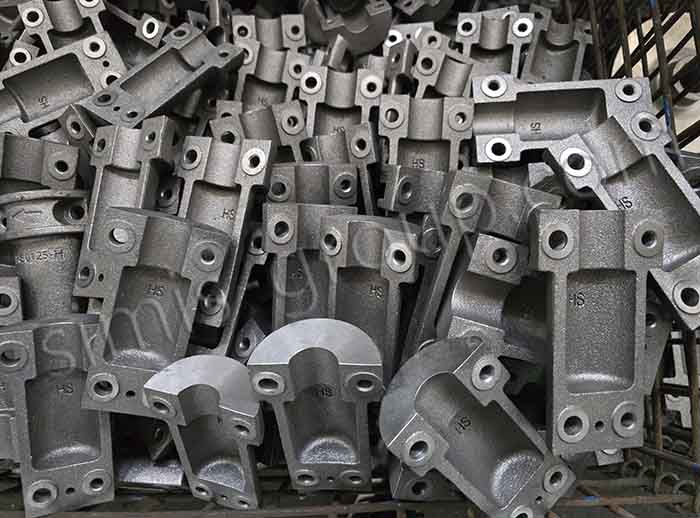
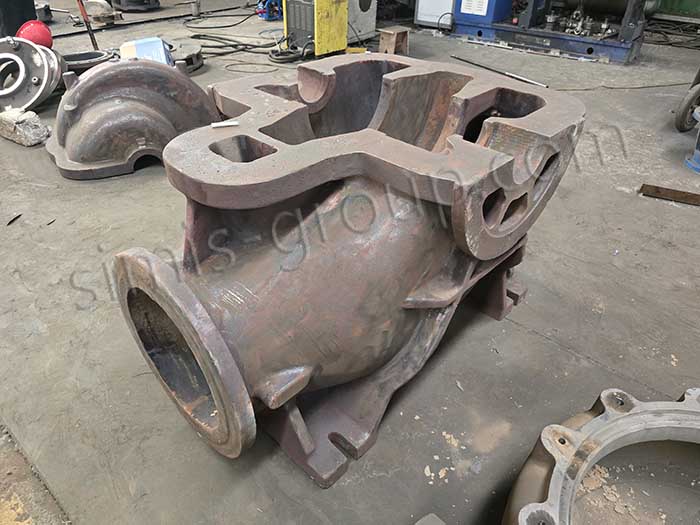
Gray Iron Casting
Grey Iron material with high compressive strength, good thermal conductivity, and easy machinability. Grey iron is valued for its high damping capacity, which effectively reduces operational vibration. This makes it a widely used, cost-effective material for manufacturing components like engine blocks, pump housings, and machine tool bases.
Simis Gray Iron Parts Include:
Brake discs
Engine cylinders
Machine tool beds
Pump housings
Valve bodies
Pipe systems
Ductile Iron Casting
Ductile iron achieves a combination of high strength, toughness, and good castability. It also maintains resistance to wear and processes well during machining. Ductile iron offers properties similar to steel but often at a lower material cost, making it suitable for complex parts that require high reliability.
Ductile Iron Parts from Simis:
Automotive parts (crankshafts, steering knuckles, differential housings)
Gears
Large farm machinery parts
Valves and pipe systems
Rollers
Pressure housings
Austempered Ductile Iron Casting
Austempered Ductile Iron (ADI) achieves high strength, toughness, and wear resistance from a post-casting heat treatment called austempering. ADI provides improved mechanical properties compared to standard ductile iron and is often used as a direct alternative to many forged and cast steels. This makes it suitable for parts that require a balance of high strength, reduced weight, and cost efficiency.
ADI Parts from Simis Iron Foundry:
Gears, suspension parts, and engine crankshafts for heavy trucks and rail lines
Track shoes, sprockets, and drive gears for construction equipment
Cutting tools and gears for farm machinery
High-performance reducer gears
Camshafts
Mining parts that need high safety
Alloy Cast Iron Casting
Alloy Cast Iron differs from standard iron due to the addition of one or more specific elements. These elements typically include chromium, nickel, molybdenum, and copper. This alloying enhances key properties, such as wear resistance, heat resistance, and corrosion resistance. The specific alloy composition is selected based on the component's service environment, such as the wear mechanism or the operating temperature.
Alloy Cast Iron Parts from Simis:
Wear-Resistant Parts(High Chromium Cast Iron/Nickel-Chromium Cast Iron): Rollers, Shot Blasting Blades, Liners, Slurry Pump Casings.
Heat-Resistant Parts: Boiler Grates, Heat Exchangers, Furnace Floors, Flue Gates.
Corrosion-Resistant Parts(High Silicon Cast Iron): Chemical Valves, Pump Casings, Pipes, Pickling Tanks.
Special-Use Parts: Machine Tool Guides, Cylinder Liners, Automotive Camshafts.
Gray Iron Casting
Grey Iron material with high compressive strength, good thermal conductivity, and easy machinability. Grey iron is valued for its high damping capacity, which effectively reduces operational vibration. This makes it a widely used, cost-effective material for manufacturing components like engine blocks, pump housings, and machine tool bases.
Simis Gray Iron Parts Include:
Brake discs
Engine cylinders
Machine tool beds
Pump housings
Valve bodies
Pipe systems
Ductile Iron Casting
Ductile iron achieves a combination of high strength, toughness, and good castability. It also maintains resistance to wear and processes well during machining. Ductile iron offers properties similar to steel but often at a lower material cost, making it suitable for complex parts that require high reliability.
Ductile Iron Parts from Simis:
Automotive parts (crankshafts, steering knuckles, differential housings)
Gears
Large farm machinery parts
Valves and pipe systems
Rollers
Pressure housings
Austempered Ductile Iron Casting
Austempered Ductile Iron (ADI) achieves high strength, toughness, and wear resistance from a post-casting heat treatment called austempering. ADI provides improved mechanical properties compared to standard ductile iron and is often used as a direct alternative to many forged and cast steels. This makes it suitable for parts that require a balance of high strength, reduced weight, and cost efficiency.
ADI Parts from Simis Iron Foundry:
Gears, suspension parts, and engine crankshafts for heavy trucks and rail lines
Track shoes, sprockets, and drive gears for construction equipment
Cutting tools and gears for farm machinery
High-performance reducer gears
Camshafts
Mining parts that need high safety
Alloy Cast Iron Casting
Alloy Cast Iron differs from standard iron due to the addition of one or more specific elements. These elements typically include chromium, nickel, molybdenum, and copper. This alloying enhances key properties, such as wear resistance, heat resistance, and corrosion resistance. The specific alloy composition is selected based on the component's service environment, such as the wear mechanism or the operating temperature.
Alloy Cast Iron Parts from Simis:
Wear-Resistant Parts(High Chromium Cast Iron/Nickel-Chromium Cast Iron): Rollers, Shot Blasting Blades, Liners, Slurry Pump Casings.
Heat-Resistant Parts: Boiler Grates, Heat Exchangers, Furnace Floors, Flue Gates.
Corrosion-Resistant Parts(High Silicon Cast Iron): Chemical Valves, Pump Casings, Pipes, Pickling Tanks.
Special-Use Parts: Machine Tool Guides, Cylinder Liners, Automotive Camshafts.
Application of Iron Castings
Custom Iron Castings by Simis Iron Foundry
Iron Castings Company's Custom Steps
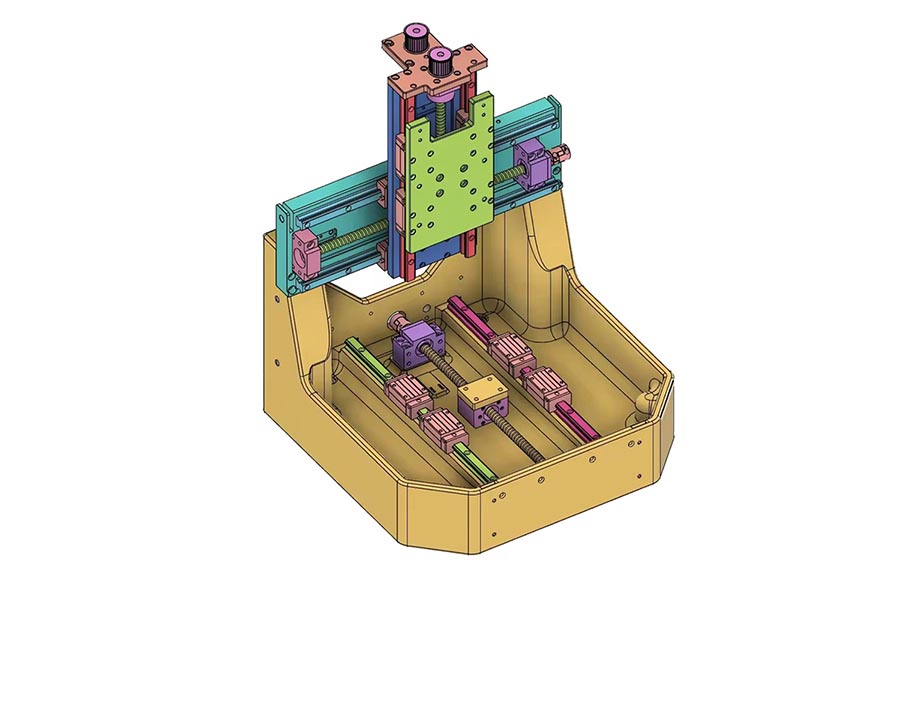


Confirm Manufacturing Requirements for Cast Iron Parts
Design Review and Samples
Simis engineers first check the 3D and plane drawings. This makes sure your design is ready for manufacturing. If you have a sample part, we can make the new parts based on that sample.
Define Part Requirements
We confirm what the part needs to do. This includes things like its strength, hardness, wear, and rust resistance. We also set the exact size, tolerance, and finish quality needed.
Confirm Casting Material
Our engineers help you pick the right cast iron material. This choice depends on where the part will be used and your technical needs. We give advice based on material cost, strength, and resistance to wear or rust.
Choose the Casting Method
We select the best casting process for your part. We base this choice on your price goal, the part’s shape, its required accuracy, and the material.
Make Molds and Samples
We build the casting molds using your approved drawings or samples. Then, we cast the first batch of samples using the chosen material and process.
Full Sample Inspection
The finished samples go through a full check. This confirms they meet all design standards and your quality demands. We give you reports covering size, performance, material makeup, and non-destructive testing.
Mass Production of Cast Iron Parts
Mass Production
After you check and approve the sample, we start the mass production plan. We get all the materials ready based on your order. We use the exact same machines and process as we did for the sample. This makes sure every single part we make is the same.
Quality Control During Production
We run tight quality checks while making the parts. We pull parts for checks often during the process. We test their size, look, and strength. This ensures every batch of cast iron parts is consistent and meets your needs.
Final Product Quality Inspection
We use multiple inspectors for the final check. They do many tests on the finished product. These tests cover size accuracy, surface quality, and part strength. This step makes sure all cast iron parts meet your quality standards.
Packaging and Delivery
We securely package and ship all approved parts. We pick the right packaging to prevent damage during shipping. We also choose the best delivery method (air, sea, or land) to get your parts to you on time.

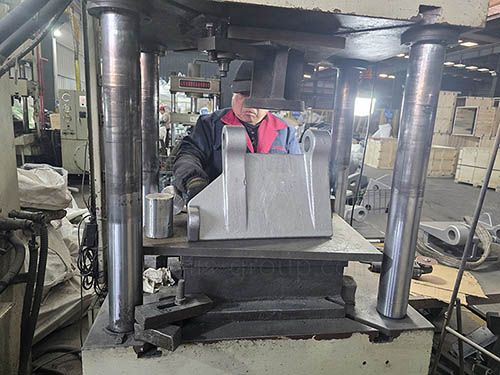

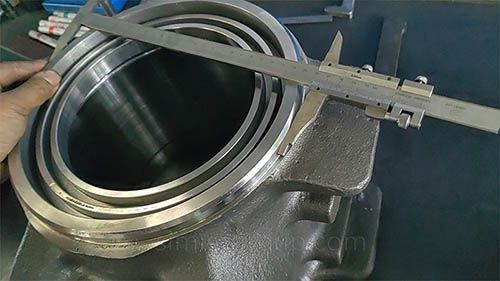
To order custom parts, please email us your design drawings and 3D models. Our team will review the detailed part parameters and the 3D model to provide you with an accurate quote.




